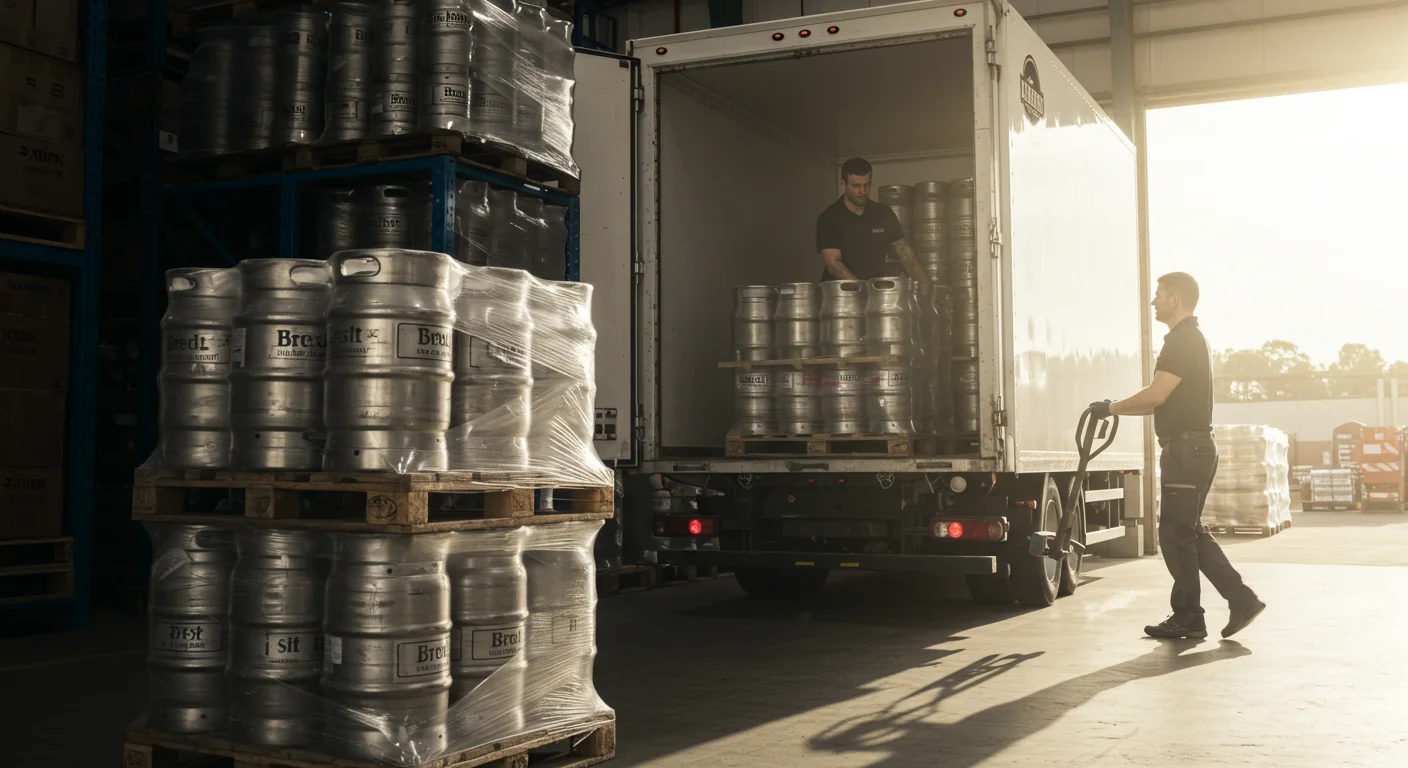How Beer & Corned Beef & Cabbage are Shipped For St. Patrick’s Day
St. Patrick’s Day is for wearing green and celebrating at your nearest bar or attending a festive parade. The famous holiday in March originated as a Roman Catholic feast day in Ireland to honor the patron saint of the country, St. Patrick, and has evolved into what it is today.
Many traditions of the holiday stem from Irish-Catholic origins. St. Patty’s Day falls during Lent, a period of religious observance characterized by fasting. In honor of Saint Patrick, many break the restrictions of Lent. This is where drinking beer, which has a significant history in Ireland, comes from.
Another common tradition is enjoying corned beef and cabbage, an American adaptation of the traditional Irish dish of bacon and cabbage.
With more than 122 million Americans celebrating St. Patrick’s Day every year, it’s easy to wonder how exactly all the beer and corned beef and cabbage people consume get to the bars and restaurants for the big celebration? Let’s find out.

How Beer is Shipped
On St. Patrick’s Day, there’s a 174% increase in beer sales compared to the rest of the year, with $6.85 billion spent collectively on beer and other drinks. The most popular beer consumed on the holiday is Guinness, a beer that is brewed in Dublin, Irelan,d and distributed worldwide. For Guinness alone, on St. Patrick’s Day, 210 fully loaded semi-trucks will travel around the country delivering beer for the big day.
Typically, beer is packaged in cases or with large quantities, it is packaged in kegs. The kegs or cases are stabilized on a pallet, strapped together with shrink wrap, and foam or cloth padding is used to protect the bottles or kegs from dents or breakage. The pallets are then strapped down for extra security and stability.
Beer is transported from a brewery or distribution center to stores, restaurants, or bars. After it is securely packaged, it is then loaded into refrigerated trucks or refrigerated containers for small quantities. Beer can oxidize and lose its carbonation if it becomes warm. To maintain its flavor and freshness, it must be refrigerated at all times.
This transportation process helps to preserve the quality of the beer, so it remains crisp for consumption on St. Patrick’s Day. The cold chain is a critical part in beer logistics, especially for popular brands like Guinness, where maintaining proper temperature is critical for meeting consumer expectations.
How Corned Beef & Cabbage are Shipped
Corned beef and cabbage is a St. Patrick’s Day staple, considered the most popular holiday meal with millions of Americans consuming the dish every year. It is often served in Irish bars and restaurants, as well as prepared in many homes.
Due to the dish’s popularity, cabbage is at its highest market in March, with annual statistics indicating that 2.3 billion pounds of cabbage are produced in the U.S.
Interestingly enough, this demand is reflected in a 70 percent increase in cabbage shipments the week of St. Patrick’s Day alone. The 2.3 billion pounds of cabbage is equivalent to 28,750 fully loaded semi-trailers.
For the other main component of the meal – beef – 26.1 million pounds of beef are produced and equal 326,250 fully loaded semi-trailers.
While cabbage and beef are packaged differently and do have different requirements for shipment, they both require cold chain logistics because they are perishable goods.
When it comes to shipping cabbage, they are typically packaged in plastic or wooden crates and ventilated cardboard boxes. Beef is packaged in multiple layers.
First, in a watertight plastic bag to prevent any leaks, and then into a thick-walled Styrofoam cooler to maintain the temperature of the beef, and then the insulated cooler is placed inside of a sturdy corrugated cardboard box for added protection.
Other temperature-controlled methods such as dry ice or gel packs to keep the beef cold are utilized as well.
Although they are packaged differently, beef and cabbage require transportation in refrigerated trucks or reefers to get from the farm to the store or restaurant in optimal condition for people to enjoy on the Feast of Saint Patrick.
As millions of people celebrate with their favorite festive food and drinks, the secure and efficient transportation of beer and corned beef and cabbage plays a vital role in making it a successful holiday. From the careful packaging to the smooth operations of cold chain logistics, each step is crucial in meeting high demand.
The dedication of the transportation and logistics industry to maintain the quality and freshness of beer, beef, and cabbage signifies the importance of getting goods to the destination, not only for St. Patrick’s Day, but for every holiday.




